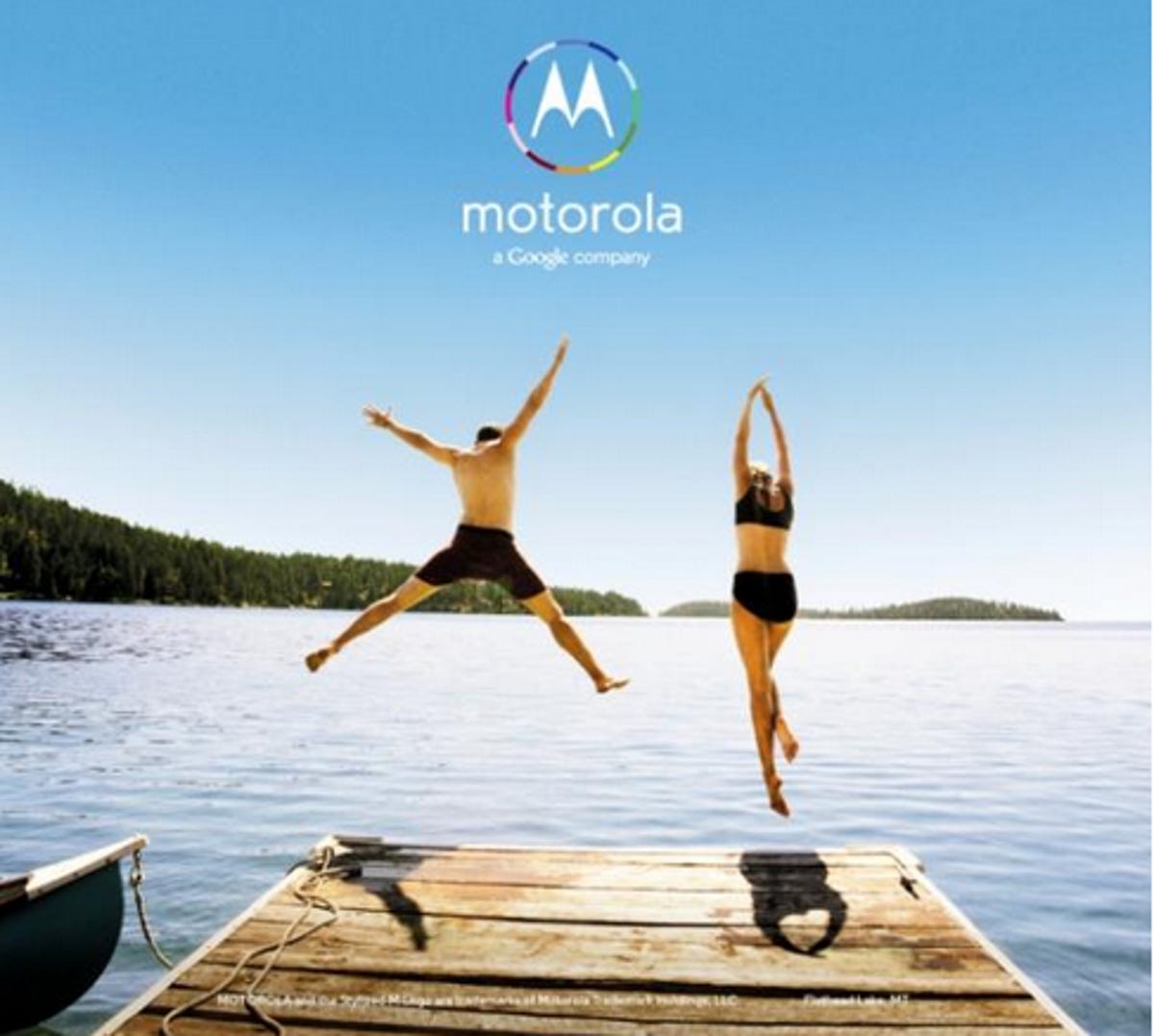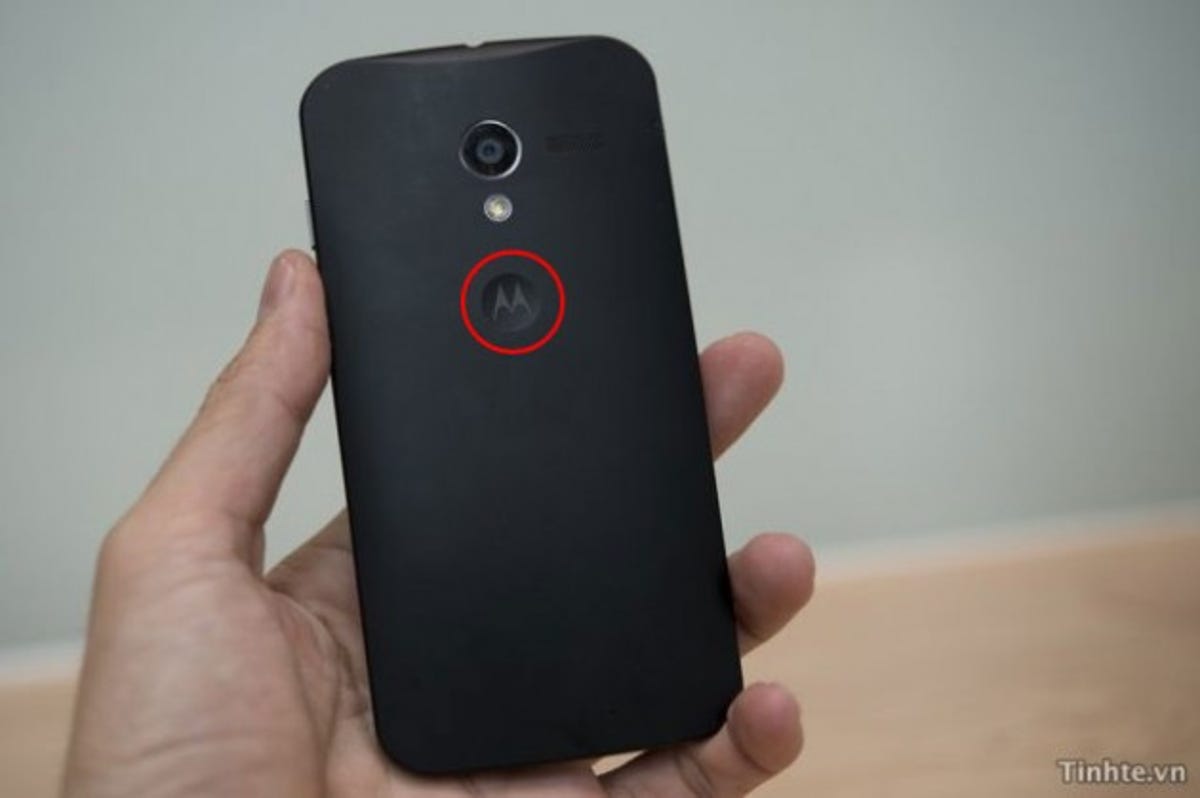Don’t look now, but we’re finally going to see what Motorola does in the post-acquisition era. Nearly two years since Google signaled its intent to buy Motorola Mobility, we find ourselves on the virtual eve of a major announcement.
Ever since Google acquired Motorola, the mobile company has slowly faded into obscurity, releasing few phones and generating less excitement than in past years. Alas, we appear to be only weeks away from the fabled Moto X, and perhaps the fresh start we’ve been hoping for.
This article was first published March 27, 2013, and was updated July 3, 2013.
A Motorola storm is brewing
The last few days have been busy on the Motorola front; we’ve seen the debut of a new logo as well as a promise of something uniquely American. Indeed, Motorola has started hyping the “first smartphone designed, engineered, and assembled in the USA.”
A full-page ad printed in a number of major newspapers tells us to expect a smartphone that users can design themselves. And why not? We have shoes and clothes that match our personalities, why not also the handset we carry on a daily basis?


Motorola
Neither Motorola nor Google has made clear exactly which components users will be able to customize, but early rumors suggest that color, exterior finish, and storage capacity are part of the equation.
Suffice it to say, the Android-only Motorola is facing an uphill battle against the likes of Samsung and HTC. To say that things have tapered off would be an understatement; a recent ComScore report pegs Motorola’s market share at 7.8 percent in the United States. Contrast that with one year ago and a 12 percent share and the decline becomes more evident.
To be fair, Verizon has had moderate success with the Droid Razr and Droid Razr Maxx as well as the HD successors. As one of the more popular series in the carrier’s lineup, Motorola has set the bar for all-day battery life in a smartphone.
The problem, however, is that outside of these Verizon phones, Motorola hasn’t produced very much at all. In fact, as of today there are only three models being offered between AT&T (Atrix HD) and Sprint (Admiral, Photon Q). T-Mobile doesn’t have any Motorola devices on its roster today and hasn’t for some time, and U.S. Cellular has the humble Electrify M.
Related stories
- Moto X sign-up page goes live
- Moto X phone’s rumored specs don’t mark the spot
- Google and Motorola marriage: Good for consumers?
- Android rumor roundup
Think back just a few years when there seemed to be an endless stream of Moto releases. Sure, many were knocked for the Motoblur experience, but there were plenty to choose from, no matter which carrier you had. Today, it seems you only have one real choice for Motorola: Verizon.
Don’t get me wrong, the Droid Razr Maxx HD is a great device; the thin design and Kevlar protection are simply wonderful. And that battery life? Unless you are buying an aftermarket battery extender, nothing else comes close.
Unfortunately, other companies are inching ever closer to the all-day battery experience. Toss in advancements in cameras and standout software experiences and we find that the Motorola lineup is fast becoming stale and uninspired.
Moto X, the custom phone?
If you have been closely following Android these past few months, you’ve likely heard about the X Phone project, a rumored sales model that could consist of multiple devices. Rather than Motorola releasing one killer device, the whispers suggest that the Moto X could be branding for a series of models, like the Samsung Galaxy or even Verizon’s Droid sub brands.
Alternatively, the Moto X could allow for custom-built handsets that you design yourself. An AndroidAndMe source indicates that buyers may be able to configure details such as color, storage capacity, ringtones, apps, and more. Taking things further, the blog alludes to memory and processor customization as well as carrier support. Reportedly, Motorola plans to deliver your tailored Android device about a week after you order it.
We still need limits
As much as I would like to see such a granular level of customization in an Android device, I fear this could ultimately prove to be a slippery slope to even more obscurity. Should online purchase be the only way to buy a next-generation Motorola handset, the average buyer might go for something easier they can just pick out in the store. It would be better if Motorola could work with carriers to set up quick build-your-own-phone ordering stations inside retail stores.
A Motorola retrospective (photos)






+16 more
Even better, I would like to see Motorola offer a number of base models that feature a few unique characteristics. Perhaps screen size and resolution could be the starting point. If you want something at 4 inches, you’ll go with Model A. Want something in a larger 5.5-inch with 1080p HD resolution? Start with Model B.
I would also suggest that Motorola not overload customers with too many features from which to pick and choose. I would leave memory and processor completely off the table and limit to items such as internal storage and color. In the grand scheme of things, I would not stray far from how the Nexus smartphones are designed today.
According to a recent leak from frequent source @evleaks, the Motorola Moto X could offer a 1.7GHz dual-core Qualcomm Snapdragon MSM8960 Pro processor with 2GB RAM, a 720p high-definition OLED screen, 16GB of storage, and a 10-megapixel camera. While none of these is necessarily considered a top-tier hardware feature, the combination could make way for a more midprice alternative to today’s more popular models. Should there be no possible deviation in specs, I would like to see the Moto X cost $150 with a two-year service agreement.
One rumor that has been tossed around is that consumers may be able to pick the software experience on the device, which would allow for hand-picked apps. To that I say no. Leave that alone and let people customize Android on their own end, as they do now. I would be interested in seeing profiles, though, similar to how Sprint has created ID Packs.
Where things could get really interesting would be to let users pick the overall software experience. I’m not sure how easily this could be accomplished, but I would simply love to see an option to turn off the “Motorola” touches and go with a more stripped-down, vanilla Android experience. Heck, leave on Moto’s custom layer by default and let the more tech-savvy users go in and turn it off. Indeed, the first handset manufacturer to make this a reality could score major points in the Android space and keep from having to produce a second line of phones like Samsung and HTC has done with its Google Play Edition phones.
Motorola could also be among the first smartphone makers to feature an Android 4.3 Jelly Bean OS. If recently leaked specifications prove accurate, however, we are likely in for the 4.2 flavor.
What about the overall design?
In looking at the alleged images of an upcoming Motorola handset, I like what I see. Gone are the squarish, angular shoulders that we’ve seen over the last few years. In their place, we have the more familiar curves and softer approach.


http://www.tinhte.vn
Sure, it looks like the Samsung Galaxy Nexus or LG Nexus 4, but that’s not necessarily a bad thing. Hopefully the next generation of Motorola balances this gentler design with the splash-proof and scratch-resistant build from more recent models.
Recently uncovered patents suggest that Google could possibly bring backside controls to future devices. The next batch of Motorola handsets may be first to offer this feature, as evidenced in leaked images. Presumably, the rear sensor or button would allow users to turn a page of an ebook, advance a music track, scroll Web pages, or cycle through images. Remember the Motorola Backflip and its rear touch pad? Imagine how could the experience would be if it were re-imagined with more general Android features and app navigation.
However, I say forget about laptop docks or any extra accessories along those lines. Make the Moto X device a great experience, with or without the backside sensor, and leave it at that.
At the absolute least, I hope that Motorola is able to release the same experience across multiple carriers. Samsung, HTC, and LG are doing this with their current models; Motorola must also score this victory to keep pace. With Google’s backing, Motorola should have the clout to do this.
What would you say to Motorola if you were given the chance? How would you design the next series of smartphones and how would you market them? I would love to hear your opinions on Motorola and how you see things unfolding in the coming year.



